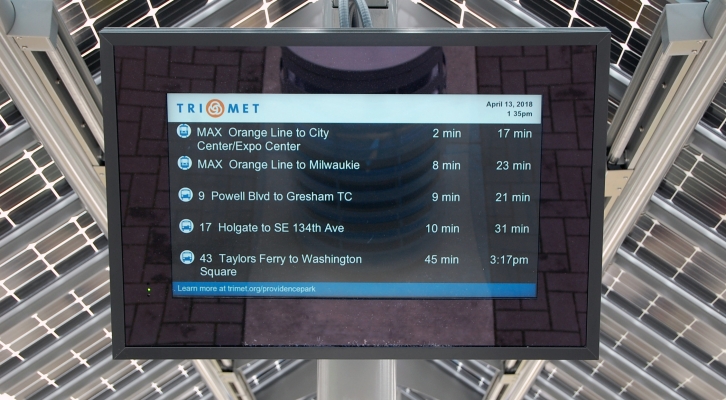The University of Utah has a new data visualization service to offer to state DOTs and other agencies. Using Small Starts funding from the National Institute for Transportation and Communities (NITC), researcher Nikola Markovic and his team have developed a suite of visual analysis tools to demonstrate how GPS trajectory data can help accurately model and analyze mobility trends. These data are typically purchased from...
Read moreIn the past decade bike and pedestrian count programs have sprung up all over the United States, gathering data to evaluate biking and walking infrastructure. However, these modes have not been studied with the quantitative rigor applied to motor vehicle travel. A research project funded by the National Institute for Transportation and Communities (NITC), led by Nathan McNeil of Portland State University (PSU), offers a method for monitoring the quality of this bike-ped count data.
... Read moreAmy Lubitow and Julius McGee, Portland State University; Raoul Liévanos, University of Oregon
- Download the Final Report (PDF)
- Download the Project Brief (PDF)
- Hear from the researcher—Register to attend the TCS2019 session "Fair and Accurate Data: Equity-informed Approach to Representation"
What is the quality of travel data for...
Read more- Download the Final Report (PDF)
- Download the Project Brief (PDF)
- Use the STAT Toolbox
- Join the DEMO WEBINAR: STAT will be demonstrated by its creators on Sept 4
With today's profusion of open data sources and real-time feeds, transit agencies have an unparalleled opportunity to leverage large amounts of data to improve transit service. Thanks to NITC researchers,...
Read moreBIKE/PED COUNT SURVEY: CALL FOR INPUT
Researchers at Portland State University, University of Texas at Arlington, University of North Carolina at Chapel Hill and Toole Design Group are conducting a scan to identify locations where bicycle counts are taking place around North America, and hope to enlist your help! If you collect bike count data (or oversee counts) in your jurisdiction, please consider taking our quick survey to tell us a little bit about your count locations and data.
The survey can be accessed here: tinyurl.com/BikeCounterScan
THE NEW PROJECT
... Read moreThe National Institute for Transportation and Communities (NITC) is soliciting proposals for our two 2018 Pooled Fund projects:
This project will address the need of cities and municipalities to combine bicycle data from different sources (such as manual counts, automatic counts, and crowd-sourced data from apps such as Strava) to assess an accurate accounting of bicycle traffic on a network. Current work on data fusion techniques is limited and additional research is needed to fully understand the choice of weighting techniques, inclusion of spatial vs. temporal variation in the...
Read moreThis course is being offered again April 3–10, 2019. Learn more and register here.
"Scientific Computing for Planners, Engineers, and Scientists," our data science course for transportation professionals, has completed its second year and continues to help planners and engineers improve their data processing workflows.
Taking an ocean of numbers and converting it into compelling infographics, charts and narratives that communicate results is a key part of the transportation profession, and a daunting challenge. That's why we created this week-long data science course. It's also why we're offering a one-day workshop that focuses specifically on transportation...
Read moreEvery day transit riders ask the same question: when’s the next one coming? To answer this question, transit agencies are transitioning to providing real-time transit information through smartphones or displayed at transit stops.
Real-time transit information improves the reliability and efficiency of passenger travel, through:
- shorter perceived and actual wait times,
- an increased feeling of safety,
- increased ridership, and
- a lower learning...
A NITC education grant funded a new course for planners, engineers, scientists and students to help improve their data processing workflow.
Liming Wang, an assistant professor in the Toulan School of Urban Studies & Planning at Portland State University, is on a mission to simplify data processing. A NITC education grant supported his efforts to develop a new course: Introduction to Data Science (Aug 6 - 10, 2018). The course is designed to help students and professionals to improve their workflow for data-intensive research. The course covers how to collect data, clean them up, visualize, explore, model and eventually compile the data with findings in a report.
"I've pretty...
Read moreAs social media comes to permeate every aspect of modern life, public transit is no exception.
Transit agencies are increasingly making social media an integral part of their day-to-day management, using it to connect with riders about system alerts, live transit arrival information, service disruptions and customer feedback.
However, there is very little evidence to show how effective these efforts really are in achieving agency goals.
Measuring the Impacts of Social Media on Advancing Public Transit, a NITC project led by Jenny Liu of Portland State University, seeks to provide a better understanding of how transit agencies use social media and to develop some performance measures to assess the impacts of social media on promoting public transit.
This project aims to measure how social media actually impacts agency goals like increasing recruitment and retention of transit riders; increasing resources and customer satisfaction; addressing system performance efficiency; and improving employee productivity and morale.
A survey of 27 public transportation providers across the country found that although 94% of those surveyed agencies used some form of social media, only 28% had a social media plan or strategy prior to implementation.
Liu’s research explores the types of performance measures that could...
Read more
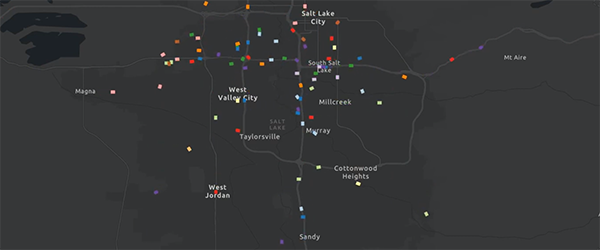
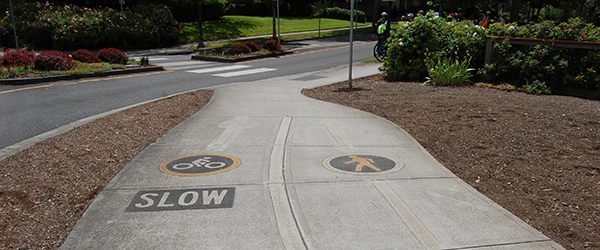

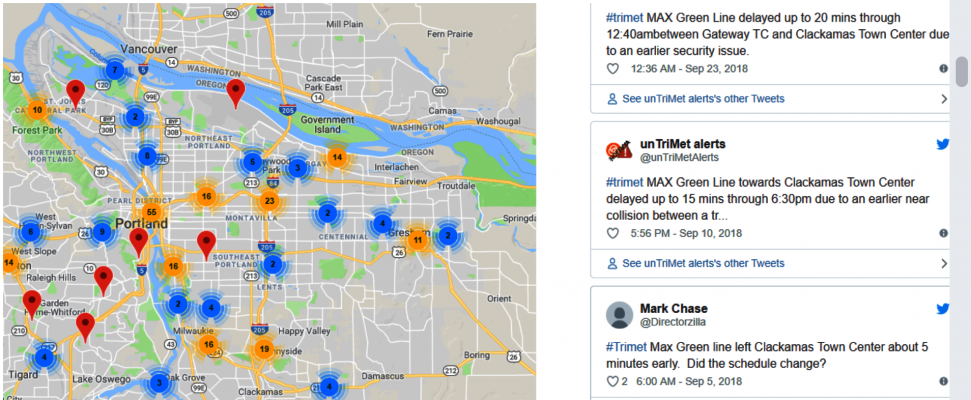
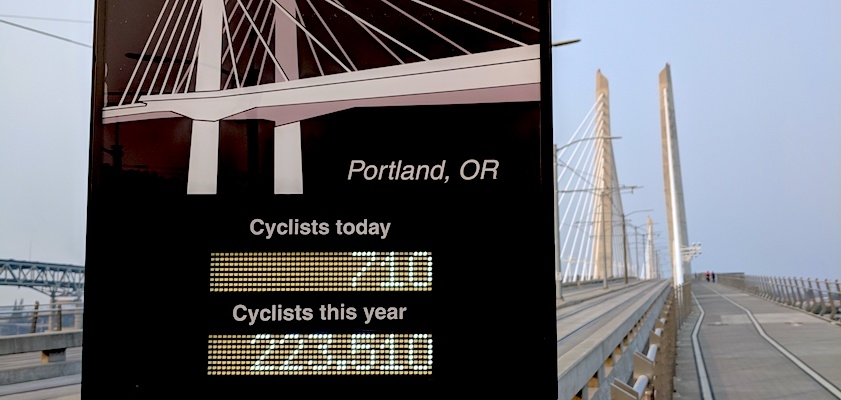
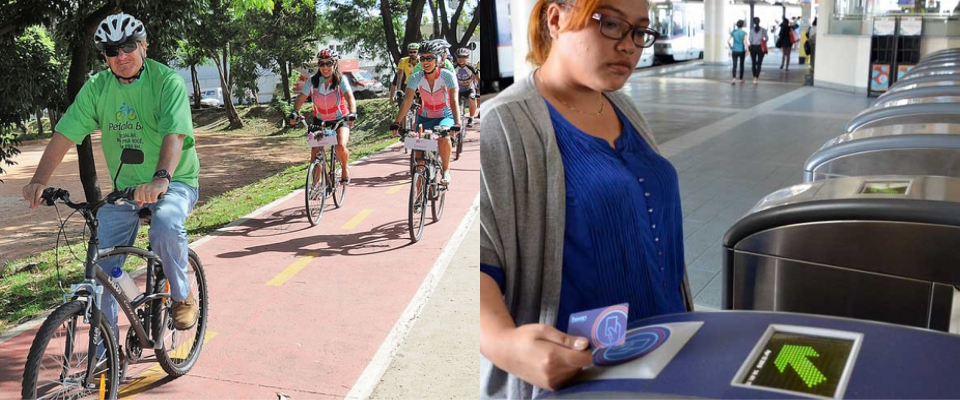
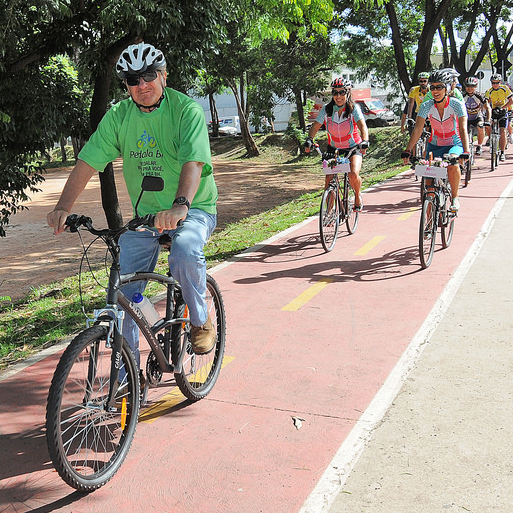 Exploring Data Fusion Techniques to Derive Bicycle Volumes on a Network
Exploring Data Fusion Techniques to Derive Bicycle Volumes on a Network
